-
What you should do to your garden in France in spring
Weeding, pruning, sowing, preparing the lawn…here is how to welcome sunnier days
-
Rules change for dog walking in France from April
Here is how to ensure you and your dog remain within the rules and avoid fines
-
Mimosa is pretty…but ‘posing threat to biodiversity’ in south of France
The flowers are prized in the region, but not everyone is thrilled to see their spread
Enjoy wildlife spotting in your French garden as spring becomes summer
Nature spotter, Jonathan Kemp, slows down to appreciate the nesting, hatching and feeding this time of year near his Aude home
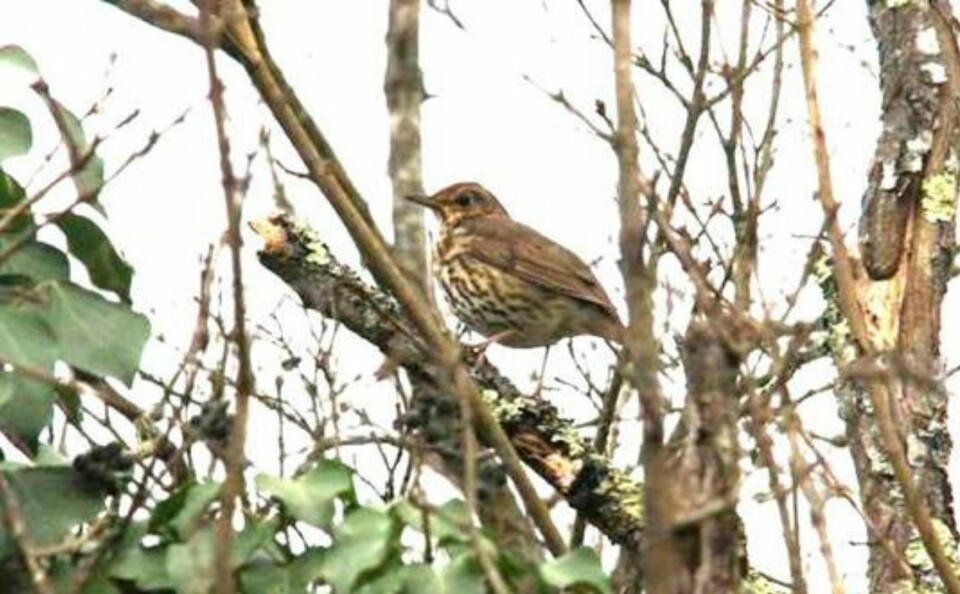
It is said that every cloud has a silver lining; well, I experienced the truth of this the other day.
Lying in bed because of a brush with Covid, I could watch the comings and goings on a feeder on the south side of the house, which normally I miss as I am already up and busy with the day.
And there it was: a rather lovely big finch called a Hawfinch (Grosbec casse-noyaux) which very rarely visits my garden, although friends at higher altitudes have regular – and large (numbering 15 at a time) – visits, from this notoriously shy and skittish bird that usually prefers to hide itself away in the treetops.
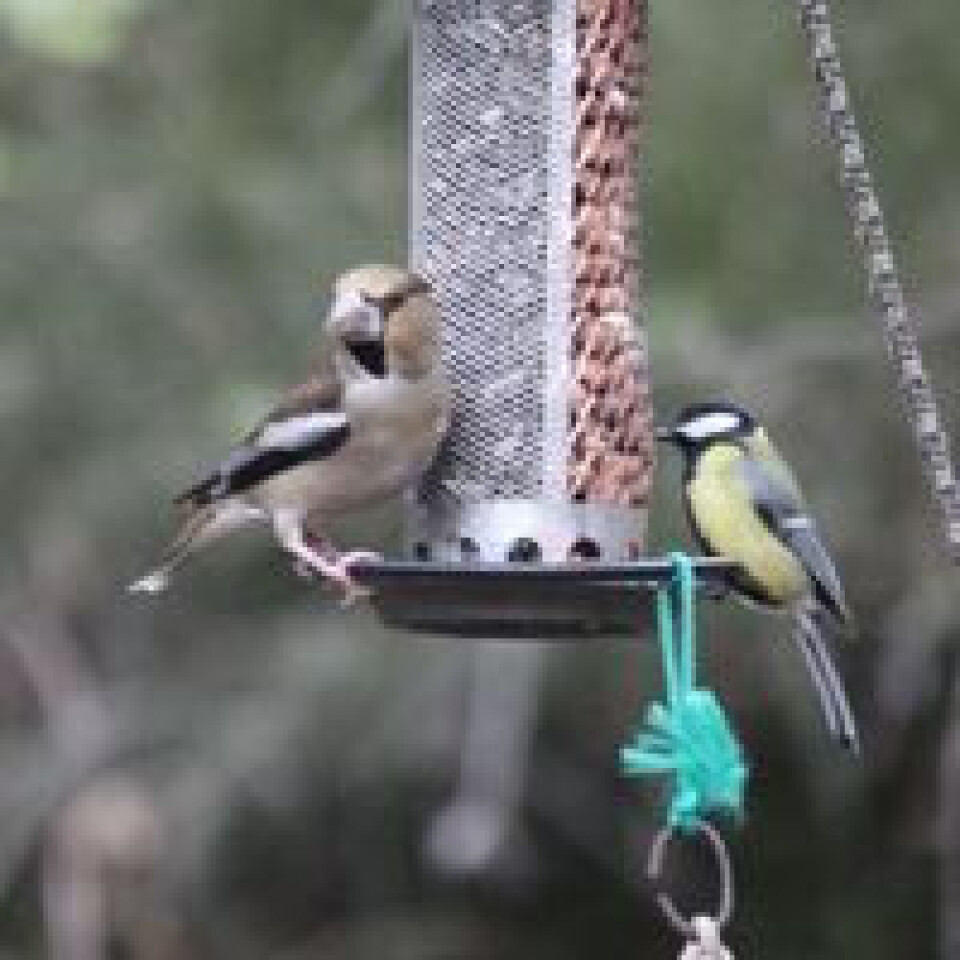
Hawfinch (left) on feeder. Photo: Jonathan Kemp
Don’t try to hand feed this finch (joke) – that massive beak can exert 50 kilograms of force – and is specially adapted to crack open cherry kernels.
In winter the colours are still muted, both males and females will brighten soon, and very soon they leave, migrating to their nesting areas in Russia.
As I look round the garden, especially in the early morning and to a lesser extent in the evening, it is good to see the territorial activity. Some birds – most obviously Song thrushes (Grive musicienne) choose to perch high in a selected tree and declaim the virtues of their territory.
An easy to recognise song, clear and melodious, but with the characteristic of repeating each phrase four or five times before moving on to the next.
This particular thrush – or its son – chooses the same tree as last year, and almost the same branch.
Camouflaged treecreepers
There is a charming little bird that you might spot climbing the tree trunks in your garden, probing with its long curved beak into the bark as it searches for the insects hidden away in the cracks: Treecreepers.
Two treecreepers. Can you spot them both? Photo: Jonathan Kemp
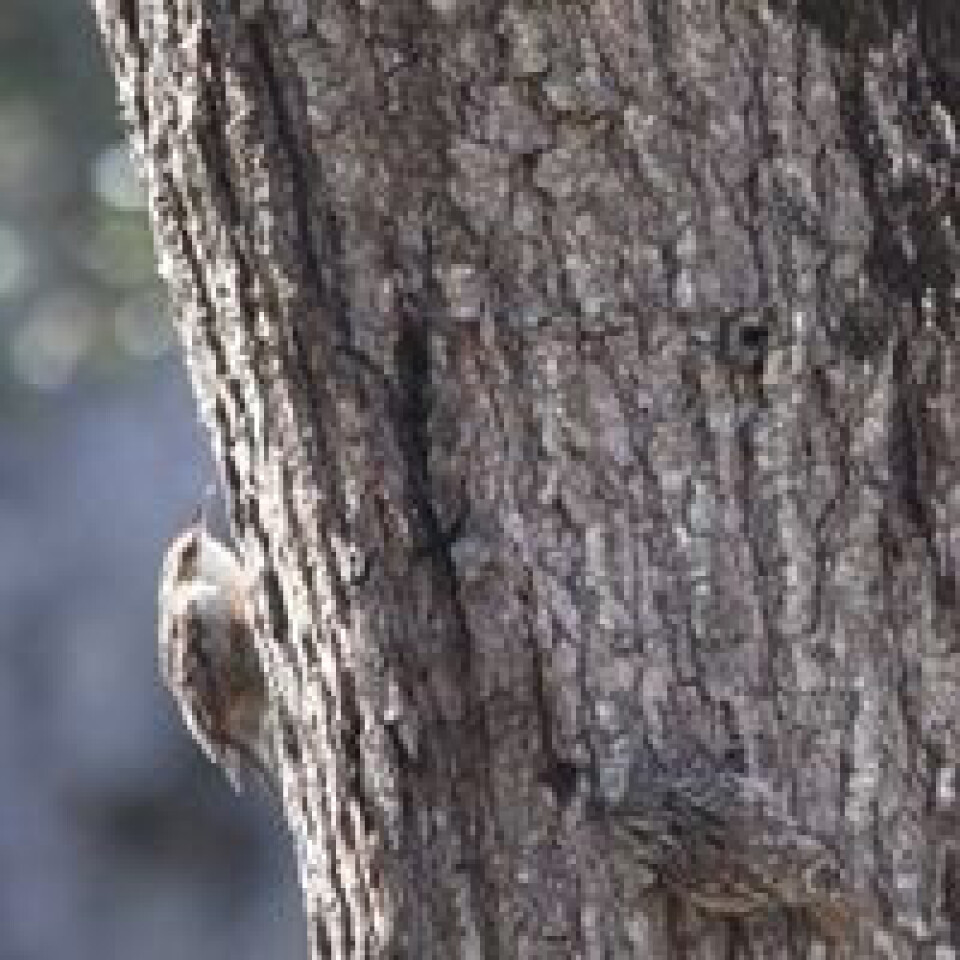
There are two species, Eurasian Treecreeper (Grimpereau des bois) and Short-toed Treecreeper (Grimpereau des jardins).
They are confusingly similar looking, with such minor differences in their plumage that it is virtually impossible to distinguish them visually.
The Eurasian Treecreeper has a somewhat shorter beak, the hind claw is shorter on the Short-toed and it tends to have a darker under belly, but you would need to have both species side by side and staying still to see these differences.
What’s more, these are not birds that stand still, always flying to the base of a tree and scurrying upwards, and only too often moving around to the back of the trunk out of view.
However, the voice is the potential giveaway, but you will need to have a bird call app to help in sorting them out.
There is a great one, the Collins Bird Guide which you can download onto your smartphone. It's a blessing when out in the field.
Both the calls and the song of these close cousins are different and their habitats are also a clue.
The Short-toed tends to be found at lower altitudes and more likely to be seen in parks and gardens in towns, whilst the Eurasian tends to reside and breed in woodlands. Good luck!
Wild boar territory
Taking a walk with friends in the forests nearby, we came across a wonderful muddy pool – made by wild boar (I unsuccessfully tried to stop the dogs from jumping in to enjoy a mud-wallow), and just beyond it, the tree where the bathed wild boar (Sanglier) would rub the mud of their bath into their hides, no doubt to rid themselves of itches and parasites, tics and fleas.
Perhaps there is also an element of territorial marking, leaving the odour as a calling card for others to read.
Clearly a favourite tree, used so extensively that the bark at the base of the trunk was nearly completely worn away.
As in other parts of rural France, boar are very common, and you could make the mistake of thinking that a herd of goats or sheep had passed along the muddy track; the twin cloved prints are superficially similar, but I know from seeing these many prints in the woods nearby that they belong to families of wild boar.
Bred with domestic pigs
Something of a nuisance to farmers and gardeners, these animals are the main target of the hunters.
I have been told that the reason why there is an abundance of boar is the 30 or 40 years ago they were deliberately crossed with domestic pigs in order to increase the populations, as a domestic sow is capable of having larger litters than pure wild boars – the aim being to provide more prey for the hunters.
Spot this wild flower
Somewhat easier on the eye are the fields of wild narcissi that I look forward to seeing every year on a hillside near home.
The species we have are the Narcissus assoanus, (le narcisse d’Asso), and I know that they will not last for long – in two weeks they will have faded away.
Vulture colonies nearby
We have in the Aude three major Griffon vulture (Vautour fauve) nesting colonies.
Griffon vulture nesting. Photo: Jonathan Kemp
I visited one yesterday, checking on the progress. The observation site actually gives very good views across the narrow valley of the activity in the nests, and with a telescope you can get intimate details fairly easily.
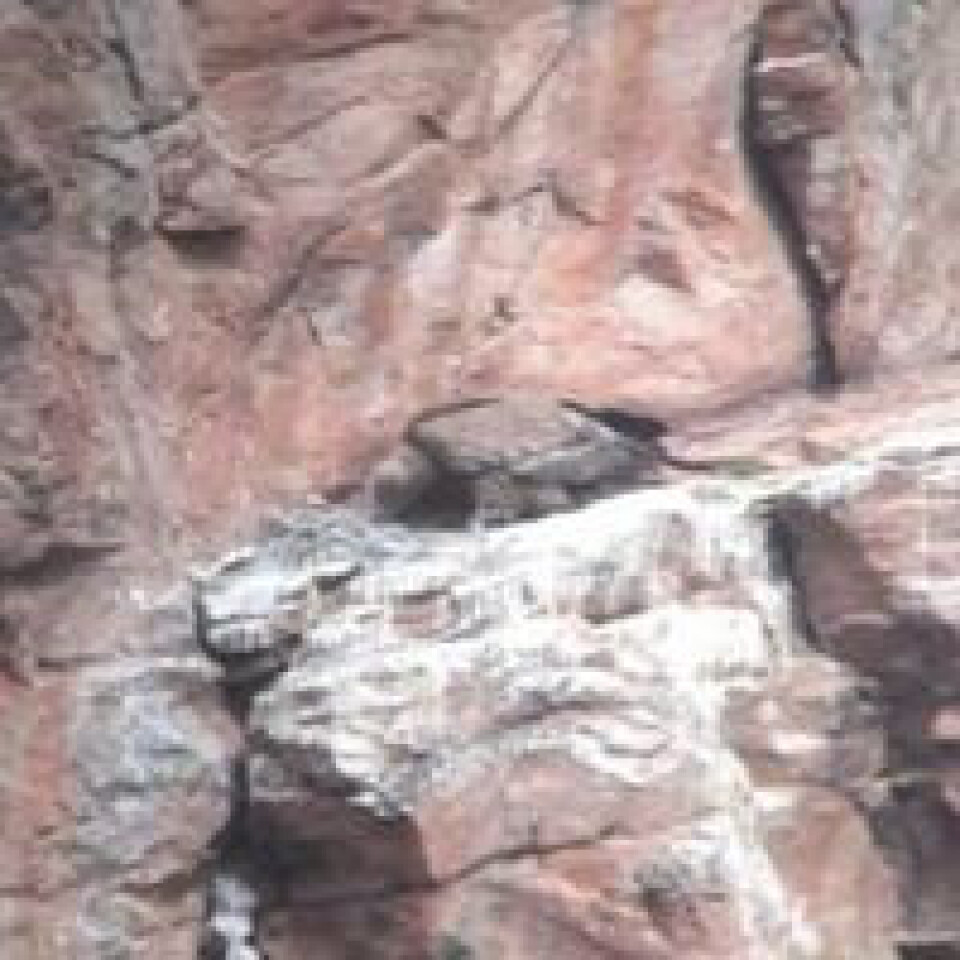
It was good to watch this particular bird so delicately feeding its tiny newly-hatched infant, before settling down to brood it.
The first few days are delicate, slow and gentle, strange to see in such massive birds that have a reputation of being argumentative and rough in the scrum of a feeding frenzy.
Mallard duck egg mystery
I was pleased to find a mallard’s nest hidden in the grass on the bank just up river from the Mill.
Mallard’s nest and eggs. Photo: Jonathan Kemp
There were 14 eggs, and the duck was sitting on her clutch.
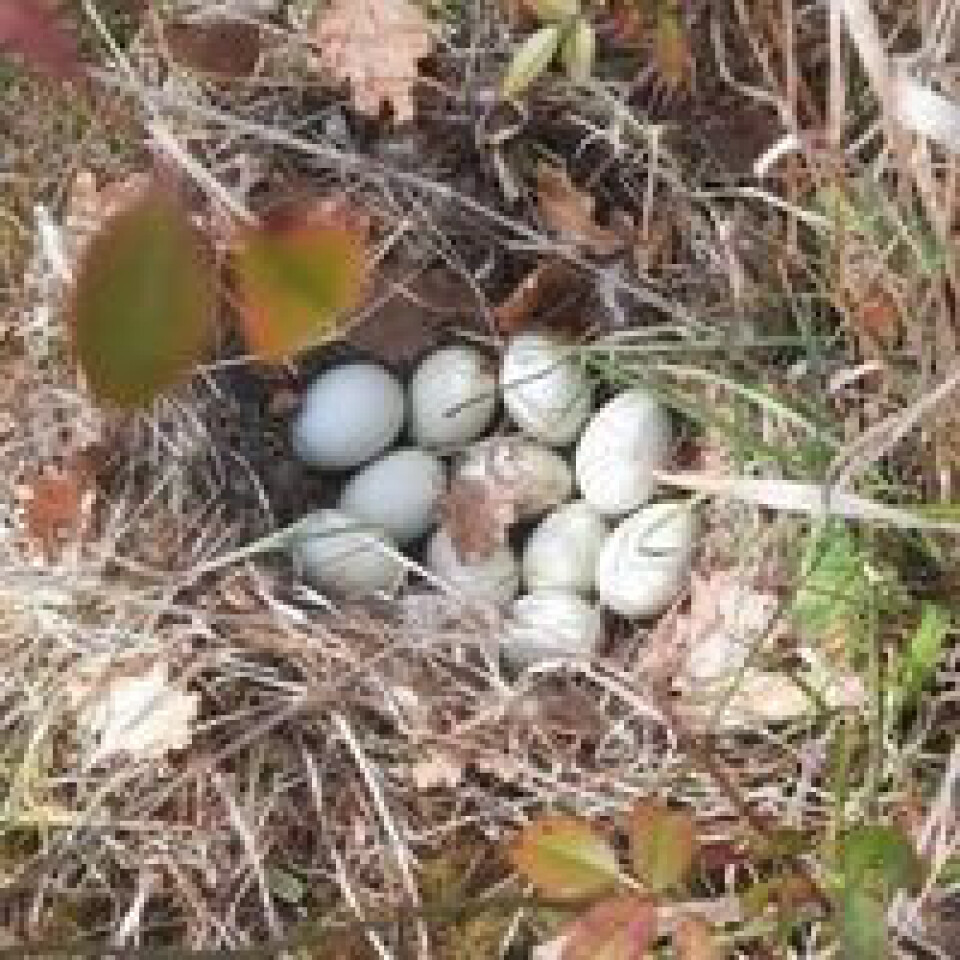
Two days later there was no sign, and I hope this means that she had successfully hatched the whole brood and taken them off to the relative safety of the water.
There is always the chance that a predator had found the nest, and stolen away the eggs, and the lack of shell debris in the nest could be a sign of this.
Mallard ducklings are nidifugous, the hatched chicks are not fed by the parents, but immediately follow the mother to learn how to feed for themselves, partly by instinct, and no doubt partly by imitation.
Therefore she delays the brooding until all the eggs have been laid and thus they will all hatch at the same time, previously allowing them to stay cool so that the embryos do not develop until the right moment.
Related articles
Spring nature spotting in France: clues animals and birds leave behind
Brown bear numbers growing in French Pyrenees after reintroduction
Wildlife experts have spotted golden jackals for first time in France
























